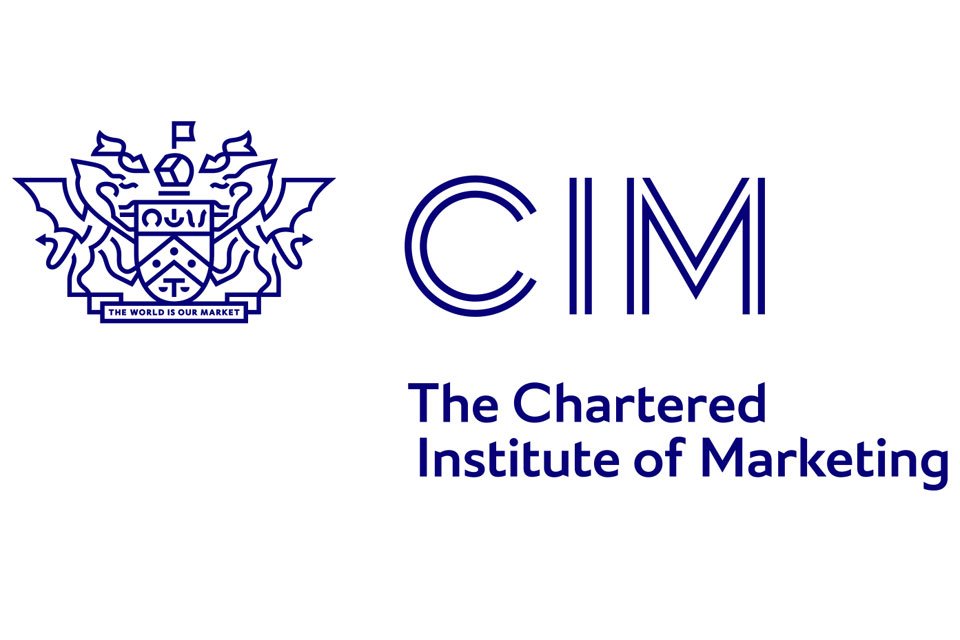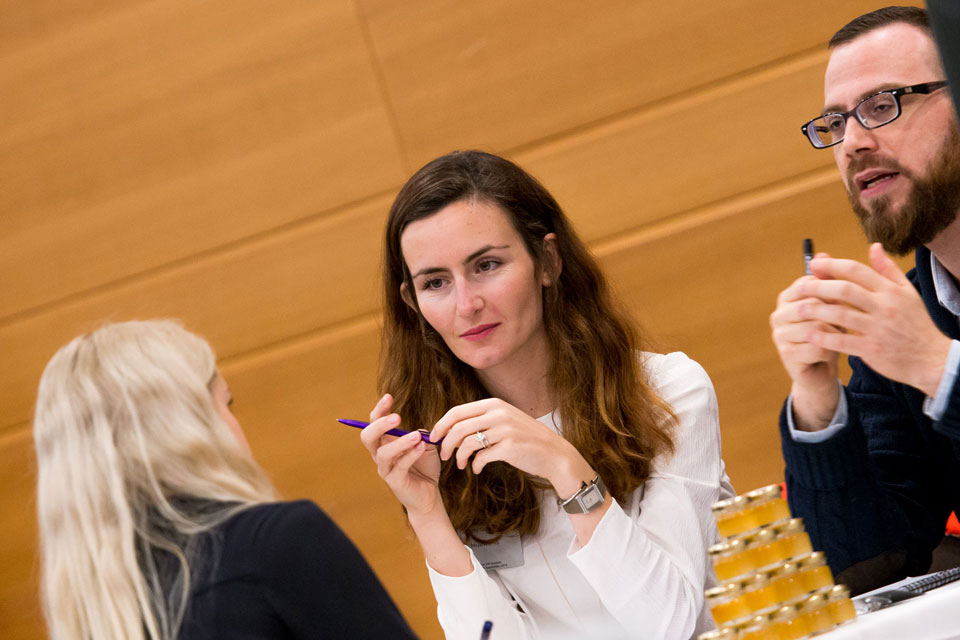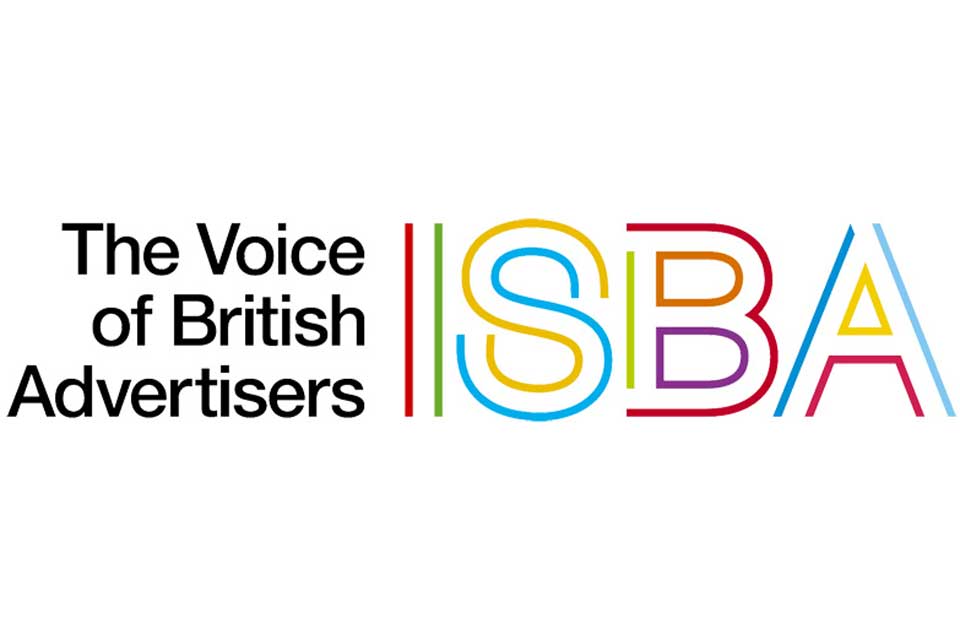Bad sleep can lead to unruly workplace behaviour
Bad sleep can influence employees who already show signs of unruly workplace behaviour to commit similar types of behaviour the next day, new research has revealed.
The study, commissioned by Rotterdam School of Management, Erasmus University (RMS), found that once an employee engages in unwanted behaviour in the workplace, such as taking longer breaks than allowed, leaving early or theft, it might be hard to step away from it, with the quality of sleep from the previous night having a direct result on behaviour the next day.
Unwanted behaviour in the workplace often stems from selfish impulses that are not kept in check by self-control,” says researcher Laura M. Giurge. This negative effect of impaired sleep quality is especially strong among people with a so-called ‘low moral identity’, she discovered.
Giurge added: “Going home early without telling the boss is an urge most people will feel occasionally, but do not give into every time. And when people do, they often feel remorse afterwards and try to do better next time. It is known that this ability to regulate our impulses can be undermined by having had a bad night – not necessarily just by the amount of sleep, but also by impaired sleep quality.”
The study consisted of a group of working professionals asked to indicate how well they had slept each day over a 10 day period. They were also asked to rate the extent to which they had engaged in unwanted behaviour in the workplace, such as taking longer than permitted breaks, or being rude to colleagues.
The analysis showed that the quality of sleep had a direct result on behaviour, with those who had engaged in unwanted behaviour one day more likely to reoffend the following day, particularly if they had slept badly during the night connecting the two days.
“This study shows that the display of unwanted behaviour is not a fixed character trait,” says Giurge. “It can vary from day to day, even within the same person. Whatever the reason for starting it, a night of poor sleep can make it harder for someone to stop doing it, especially among people with a low moral identity.”
She added: “Tiredness apparently can make it harder for people to overcome the feeling that they have failed at being a good and moral person and, as a result, do not try again the next day. This can lead into a possibly destructive cycle that could help explain why unethical behaviour is so persistent in some organisations.”











